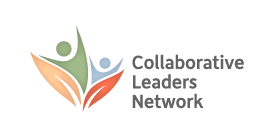Develop a resource infrastructure; conduct additional research; design a comprehensive process; and secure commitments to participate.
Once key leaders have endorsed the project and funding is in place, efforts begin to organize the collaboration process and build a broader base of support. Broadening support often involves talking one-on-one with those who will be participating in or securing participation for the process. It may also call for additional exploration and assessment of the issue.
There are four primary goals for this stage:
- Develop resource infrastructure (including advisers, information providers, technical support, and an outside facilitator, if needed).
- Conduct additional research needed.
- Design a comprehensive process.
- Secure commitments to participate.
Generally, the best processes are designed with considerable detail, along with some built-in flexibility to respond to changing circumstances.
Key stakeholder input is a valuable element of this stage. Their support is often needed for the collaboration to be successful, even if they are not involved as participants.
